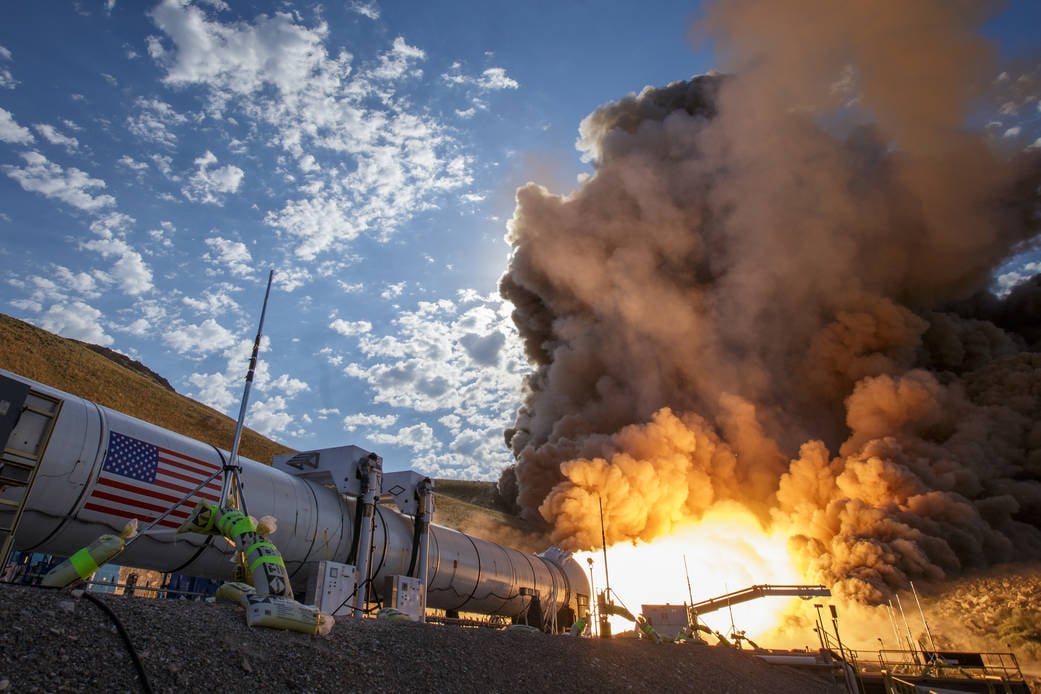The Space Launch System is a next-generation rocket system designed to be the most powerful rocket ever built, which will help humans reach deep space destinations like (hopefully) Mars. Today, NASA completed a final test of the rocket booster’s engine in a stunning display for onlookers in the desert.
Scientists at NASA aren’t the only ones working on getting human beings to the surface of another planet, but time will tell whether the government space agency or private spaceflight companies like SpaceX—or a partnership between the two—will get there first. NASA’s making good progress, though, as this is the final test of the SLS booster before an actual flight test with the Orion capsule designed to carry humans off into space.
NASA’s Marshall Center put it this way, via the description of this video about the Space Launch System:
“This was the last full-scale test for the booster before SLS is ready in 2018 for the first uncrewed test flight with NASA’s Orion spacecraft, marking a key milestone on the agency’s Journey to Mars.
The booster was tested at a cold motor conditioning target of 40 degrees Fahrenheit—the colder end of its accepted propellant temperature range. When ignited, temperatures inside the booster reached nearly 6,000 degrees. The two-minute, full-duration ground qualification test provided NASA with critical data on 82 qualification objectives that will support certification of the booster for flight. Engineers now will evaluate test data captured by more than 530 instrumentation channels on the booster.”
The final rocket configuration will feature two of these boosters on the sides with a core rocket in the middle, which probably looks at least a little familiar to anyone keeping track, because it was designed after the rocket that used to launch the space shuttle until that program ended. Since all seems to be going well in tests so far, it looks like we’ll see its successor in action relatively soon.
(image via NASA)
—The Mary Sue has a strict comment policy that forbids, but is not limited to, personal insults toward anyone, hate speech, and trolling.—
Follow The Mary Sue on Twitter, Facebook, Tumblr, Pinterest, & Google+.









Published: Jun 28, 2016 04:51 pm